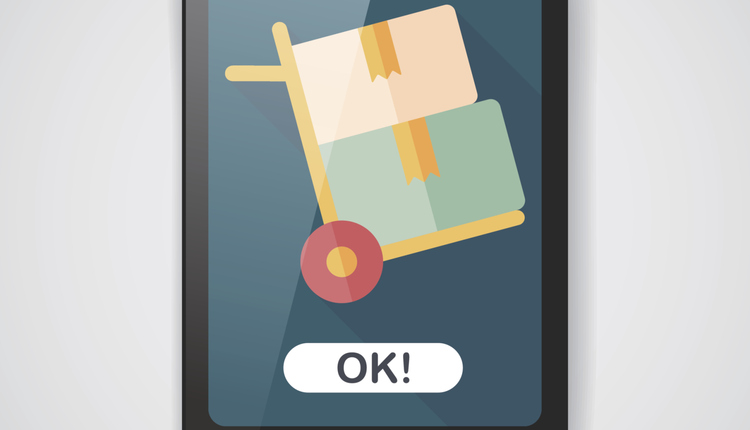According to UPS, $5.49 is the charge or base rate for a one-pound ground shipment to zone 2. However, the odds of seeing this or any other published base rate appearing on the invoice is low. In fact, your favorite shipping company's prestidigitators are busy at work developing new methods to increase base rates. By the time charges show up on an invoice, they barely resemble the charges you expected. The techniques deployed would make Houdini envious. How do they do it? They call this trick: Value Added Services.
What are "Value Added Services"? They used to be called accessorial fees. They're fees tacked on to the base package rate, sort of like airline baggage fees. They are designed exclusively to increase carrier profit. New ones are continually added and many increase in cost each year. They are confusing and irritate their customers.
As an example, UPS considers whacking its customers with an $11 address correction charge a "Value Added Service." What's next? Five bucks each time a driver has to excessively turn the steering wheel? Ten dollars per smile? Calling these confusing and complex charges "Value Added Services" is the equivalent of calling April 15th "Federal Generosity Day."
UPS & FedEx are two of the best-run companies in the world, e-commerce depends on them and they employ hundreds of thousands of people. However, many believe these strategies are deceptive and will do more harm than good. Are they crossing the line or simply acting in the best interest of their shareholders? Will their actions help create a 3rd player in the parcel market? Time will tell.
The Magic Formula
One thing is certain: understanding the magic formula will save your company money. Here it is: Base Rate + Value Added Services + Fuel surcharge = Invoiced Amount. Magically, $5.49 is transformed into $16 or more.
To better assist my clients, I recently downloaded the 2012 UPS Rates and Services Guide, a whopping 188-page document http://www.ups.com/content/ca/en/shipping/cost/download.html. On page 56 I found "Value Added Services." Here are just a few:
Value Added Services:
--Residential - $2.55
--Delivery Area Surcharge - $2.75
--Extended Residential Charge - $3.25
--Delivery confirmation (without a signature) online or mailed - $2.00
--Bad address - $11.00
--Excessive tracking - $3.00 per incident
--Saturday pick-up or delivery - $15
--Wrap it with material UPS doesn't like (as determined by UPS at its sole discretion) - $8.50 for additional handling.
Stop gazing and wondering as your carrier performs magic. To lower transportation costs, you need to get control over accessorial charges, oops, I mean, Value Added Services. If you don't, you are losing money, your company's S&H policies may not be competitive, and your business may be suffering. A great starting point is the carrier Rates and Services Guide. Download it today.
I hope this information helps you Ship Better and Save Money!
What are "Value Added Services"? They used to be called accessorial fees. They're fees tacked on to the base package rate, sort of like airline baggage fees. They are designed exclusively to increase carrier profit. New ones are continually added and many increase in cost each year. They are confusing and irritate their customers.
As an example, UPS considers whacking its customers with an $11 address correction charge a "Value Added Service." What's next? Five bucks each time a driver has to excessively turn the steering wheel? Ten dollars per smile? Calling these confusing and complex charges "Value Added Services" is the equivalent of calling April 15th "Federal Generosity Day."
UPS & FedEx are two of the best-run companies in the world, e-commerce depends on them and they employ hundreds of thousands of people. However, many believe these strategies are deceptive and will do more harm than good. Are they crossing the line or simply acting in the best interest of their shareholders? Will their actions help create a 3rd player in the parcel market? Time will tell.
The Magic Formula
One thing is certain: understanding the magic formula will save your company money. Here it is: Base Rate + Value Added Services + Fuel surcharge = Invoiced Amount. Magically, $5.49 is transformed into $16 or more.
To better assist my clients, I recently downloaded the 2012 UPS Rates and Services Guide, a whopping 188-page document http://www.ups.com/content/ca/en/shipping/cost/download.html. On page 56 I found "Value Added Services." Here are just a few:
Value Added Services:
--Residential - $2.55
--Delivery Area Surcharge - $2.75
--Extended Residential Charge - $3.25
--Delivery confirmation (without a signature) online or mailed - $2.00
--Bad address - $11.00
--Excessive tracking - $3.00 per incident
--Saturday pick-up or delivery - $15
--Wrap it with material UPS doesn't like (as determined by UPS at its sole discretion) - $8.50 for additional handling.
Stop gazing and wondering as your carrier performs magic. To lower transportation costs, you need to get control over accessorial charges, oops, I mean, Value Added Services. If you don't, you are losing money, your company's S&H policies may not be competitive, and your business may be suffering. A great starting point is the carrier Rates and Services Guide. Download it today.
I hope this information helps you Ship Better and Save Money!








